One of my new David Austin roses has RMV. What should I do?
C Curry USA zone 6B
7 years ago
Featured Answer
Sort by:Oldest
Comments (85)
jerijen
7 years agomalcolm_manners
7 years agoRelated Discussions
Which David Austin Rose Has Gotten A Bad Wrap?
Comments (21)Definately HERITAGE and PRETTY JESSICA. They get blasted for poor disease resistance, which hasn't been my experience. I can think of other English Roses, which get heaped with praise, that are a lot more susceptible to black spot. Both are also dependable bloomers here in the Mid-Atlantic. My biggest problem with the English Roses is the sketchy repeat, but I can always count on Heritage and Pretty Jessica to be generous bloomers. Then there is all the griping about shatter-syndrome with Heritage. Well last year, as an experiment, I cut a spray of blooms from my Heritage while the flowers were still in tight bud. Every other day I recut the stems and changed the vase water. In the end I got 5 whole days of beauty before tossing the spray. The petals were still attached. The only reason I tossed it was because the blooms had started to decompose and rot. Heritage & Pretty Jessica are GREAT roses. Another English Rose that gets dumped on by a certain California rosarian is THE PILGRIM. I have two specimens being grown espalier-like in partial shade and each is a gorgous performer. I can't stress enough the difference that own root makes with the Jolly Green Giants. It is simply the only way to go with the more vigorous Austins. Patrick...See MoreChamblee Roses has added new David Austin roses
Comments (7)I bought The Prince, Tradescant, GC, GST, Charlotte, Ambridge Rose, Winchester Cathedral, Glamis Castle (before reading all the bad reviews on HMF), Molineux--I realize now that I only bought nine, so maybe I'm not so bad after all. I had only meant to pick up Golden Celebration and Molineux, but one thing led to another. I used to go by Chamblees and pick up roses when I still had family in that part of Texas. It was fun to be able to pick out the roses on-site and the roses were so much more affordable and substantial than ordering from elsewhere online. They used to carry far more old roses, including bourbons and some HPs, essentially the same ones as Antique R, Emporium. I suppose it made sense to streamline their product assortment. Later on I would buy more from other nurseries with more selection, but it was at Chamblees and ARE that I first really got hooked....See Morerose mosaic virus - is everything infected?
Comments (25)In case the other readers did not open the link. The Canadian link by the Niagara Parks Horticulturist ("The Niagara Parks Botanical Gardens is known world-wide for its incredible rose garden. You’ll find over 2,400 roses on display here.") She stated: "Clean and disinfect your pruners between plants if you have noticed any signs of rose virus – mottling and unusual colorations in the leaves." She is in a northern climate. I agree with your fellow Canadian's recommendation that you use separate pruners on infected plants. But, be aware that not all virused roses show symptoms frequently so you are still running some possible risks. I say possible because I am not aware of any research concerning pruning spread in northern climates. I feel that hot weather research may not apply due to the roses having a temperature dependent immune system against the common rose viruses. My article on what is known about the temperature dependence is at: https://sites.google.com/site/temperatureandrosemosaicvirus/home --------------------------------------------------- I mainly discussed PNRSV, but one of the other common rose viruses ApMV is recognized as having a similar temperature dependence: " " It was reported that plant defense mechanisms that specifically target viral RNA (silencing) are more active at high temperatures (Szittya et al., 2003; Chellappan et al., 2005). Therefore, the combination of this factor with the alleged lower viral replication during the hot months of the year may explain the differential virus behaviour throughout the year. " http://www.fupress.net/index.php/pm/article/viewFile/16295/16994...See MoreHas anyone tried David Austin's Alexandra of Kent rose in a zone 4a?
Comments (6)Ugh Cynthia - The Prince is coming and he better be on best behavior is all I got to say! Though I will coddle him. lol I love Munstead Wood but planted him next to a tree stump so he's been sluggish, I'm told to feed him more and he may muscle up! Tess is gorgeous but I'd need that beautiful stone wall to put her on. Hmm... what would hubby say about that? What are your thoughts on Othello and Falstaff as far as growth, fragrance and disease? It sounds like they've only been in one year so then it would be premature. I can't wait to see pictures of them! Snow cover here hasn't been so great this year, we got 8" dropped in October then nothing till January 10th I think. There's maybe 6" inches out there now. Our weather man said that this winter will now be the new norm so that'll be curious. We've had very mild temps and if this is the new norm we will be moving into a new hardiness zone, so far that is. Sunday's supposed to be 54 degrees, grab your bathing suits! :)...See Morejerijen
7 years agomalcolm_manners
7 years agojerijen
7 years agoC Curry USA zone 6B
7 years agojerijen
7 years agohenry_kuska
7 years agolast modified: 7 years agojerijen
7 years agoBuford_NE_GA_7A
7 years agohenry_kuska
7 years agohenry_kuska
7 years agomalcolm_manners
7 years agohenry_kuska
7 years agojerijen
7 years agomalcolm_manners
7 years agojerijen
7 years agoUser
7 years agojerijen
7 years agohenry_kuska
7 years agomalcolm_manners
7 years agohenry_kuska
7 years agomalcolm_manners
7 years agolast modified: 7 years agojerijen
7 years agohenry_kuska
7 years agolast modified: 7 years agomalcolm_manners
7 years agorosecanadian
7 years agonikthegreek
7 years agomalcolm_manners
7 years agomalcolm_manners
7 years agojerijen
7 years agohenry_kuska
7 years agorosecanadian
7 years agonikthegreek
7 years agolast modified: 7 years agomalcolm_manners
7 years agohenry_kuska
7 years agonikthegreek
7 years agolast modified: 7 years agomalcolm_manners
7 years agonikthegreek
7 years agolast modified: 7 years agorosecanadian
7 years agomalcolm_manners
7 years agohenry_kuska
7 years agojerijen
7 years agohenry_kuska
7 years agonikthegreek
7 years agolast modified: 7 years agomalcolm_manners
7 years agohenry_kuska
7 years agohenry_kuska
7 years ago
Related Stories

WOODKnotty and Nice: Highly Textured Wood Has a Modern Revival
Whether it's cedar, fir or pine, if a wood has a knot, it's hot
Full Story
ARCHITECTUREWhat’s Fueling Austin’s Edgy Modern Architecture?
A look at the blossoming design scene in Texas’ capital city — and what’s behind all the experimentation
Full Story
GARDENING GUIDESWhat Kind of Roses Should You Grow?
Want to add the beauty of roses to your garden? Find out which ones, from old-fashioned to modern, are right for you
Full Story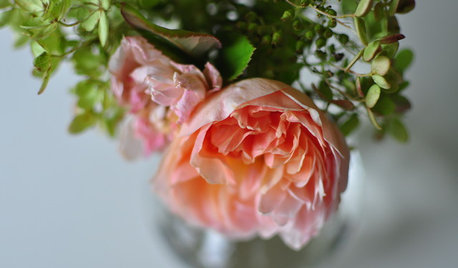
GARDENING GUIDESRoses: Crowning Touch of Gardens
Whether you're the Miss or Mister America of gardening or take a hands-off approach, roses can be a winning addition to your landscape
Full Story
WINTER GARDENINGPruning Secrets for Exquisite Roses
Encourage gorgeous blooms year after year with this time-tested advice on how to prune your rosebush in winter for health and shape
Full Story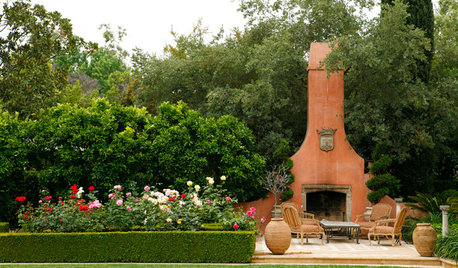
LANDSCAPE DESIGNMake Your Roses Even More Beautiful With These Companion Plants
Nourish your rosebushes and create a visual feast with these 7 classic and unexpected plant pairings
Full Story
GARDENING GUIDES6 Captivating Roses for an Alluringly Fragrant Garden
Perfume your garden with aromas from richly spicy to lightly sweet, without sacrificing an inch of color
Full Story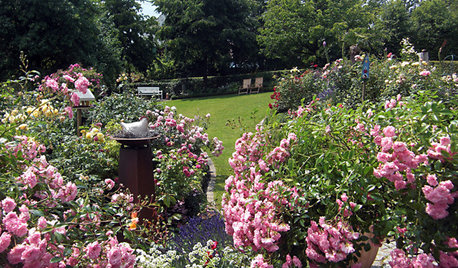
GARDENING GUIDES5 Sweet to Spirited Pink Roses for an Enchanting Garden
Whether you go demure or daring, there's a pink rose here to make you flush with garden pride
Full Story
GARDENING GUIDES6 Wonderfully Easy Roses for Any Gardener
Look like an expert even if you're just starting out, with these low-maintenance gems of the rose world
Full Story
HOUZZ TOURSHouzz Tour: A Taste of Bali in Austin, Texas
Webber + Studio Melds Asian Influences with Relaxed Texan Style
Full Story


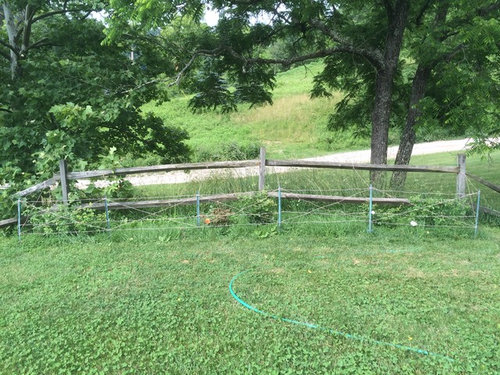
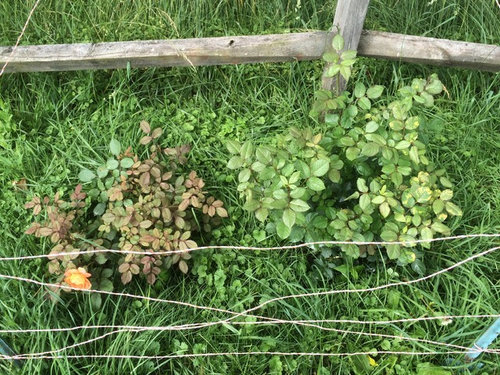
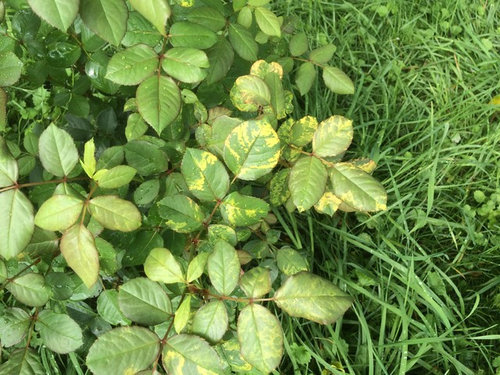
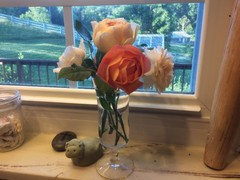



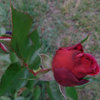
jerijen